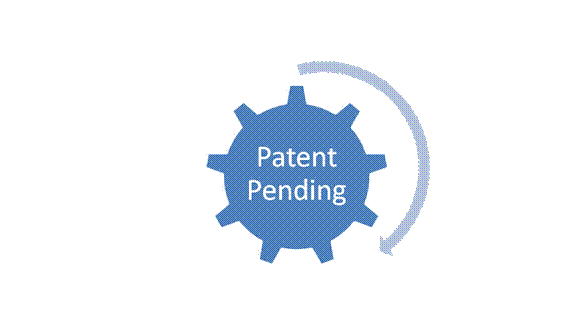How and Why to Use Patent Pending

Manufacturers or sellers of products commonly mark those products with “patent pending” to notify the public that an application for patent has been filed on that product in the U.S. Patent Office. The proper use of these words can create significant value by discouraging competitors from selling the same or similar products, or by attracting buyers to purchase the products by giving them a high-tech cachet. However, the false use of these words is illegal, may subject the user to fines, and may hurt the user’s ability to enforce any future patent. Here is how to properly use “patent pending”.
Why Use “Patent Pending”
Perhaps counter-intuitively, the words “patent pending” provides no legal protection for an invention. In its brochure “General Information Concerning Patents”, the U.S. Patent Office states: “Some persons mark articles sold with the terms ‘Patent Applied For’ or ‘Patent Pending.’ These phrases have no legal effect”. Considering that these words do not actually protect an invention, why are they used so often?
The most important reason to mark a product with “patent pending” is the chilling effect this marking will have on potential competitors who may be contemplating selling the same or similar products. “Patent pending” provides notice to the public that a patent application was filed for that product in the U.S. Patent Office, and so at some point a patent may issue that can then be used to stop anyone else from making, using or selling the patented product. This will have a chilling effect on any potential competitor trying to decide whether to spend the time and resources needed to design, manufacture and sell a competitive product. Thus, “patent pending” discourages competitors from selling the same or similar products, thereby giving the patent applicant an advantage in the marketplace.
Another reason to use “patent pending” on a product is to give the product a high-tech cachet to attract buyers. This label acts as a signal that the product incorporates a high-tech invention that somehow makes it “better” than a competing product. In some cases, the “patent pending” status is used in advertising to highlight how innovative the product is. Interestingly, the “patent pending” label itself provides no information about what invention is used in the product. Thus, while some buyers may buy a particular product at least in part because of its “patent pending” label, these buyers have no way of knowing if the invention actually makes the product better.
How to Use “Patent Pending”
The first step in using “patent pending” on a product is to file a patent application with the U.S. Patent Office. The application may be either a non-provisional application, or a provisional application which will need to be converted into a non-provisional application within one year. The application will need to describe an invention incorporated in the product in a structured way that meets strict legal requirements. While it is possible for laypeople to prepare and file a valid patent application, most inventors and companies work with patent attorneys or agents due to the significant complexities involved.
Once the application has been filed with the U.S. Patent Office, “patent pending” or “patent applied for” can be used on the product or its packaging. These words can also be used in product literature, web sites, business plans, advertising brochures or other materials. However, the number of the patent application that was assigned by the U.S. Patent Office when the application was filed should not be included in the “patent pending” notice or any other public material. This number is confidential, and disclosing it could have unexpected and disadvantageous effects. For example, a competitor could use this number to file a protest against the application, which could delay the issuance of a patent from the application, or even result in the application being finally rejected.
One advantageous feature of using “patent pending” is that it can be done very quickly. For example, if a company wants to introduce an innovative new product as quickly as possible, it could hire a patent attorney to prepare and file a provisional patent application within as little as a day or two, and then proceed with introducing the new product complete with the “patent pending” label as soon as the application has been filed. In contrast, it will likely be several years before the application becomes an issued patent or is rejected.
False Use of “Patent Pending”
While the proper use of “patent pending” can be valuable, the false use of these words is illegal. If these words are used on a product when no patent application has been filed with the U.S. Patent Office, and if this was done to deceive the public, the user can be liable for a fine of up to $500 per offense, or for damages to anyone who suffered a competitive injury as a result. This is why it’s important to insure the application has been filed before using “patent pending”.
Another consequence of falsely using “patent pending” is that it may make it more difficult to enforce any patent rights that may eventually be granted. Assume a manufacturer starts using “patent pending” on a product being sold, and then files a patent application three months later. The false use of “patent pending” could make it more difficult to enforce any eventual issued patent. An infringer could argue the patent should be unenforceable because the manufacturer had unclean hands due to its false use of “patent pending”. Even if this argument fails, the false use of “patent pending” could help sway a judge or jury in a patent lawsuit to decide the case in a way unfavorable to the patent owner.
Other Intellectual Property Articles
Innovation Poll
Have you been named as an inventor on any patent application?
Disclaimer: The author has retired from the practice of law. This cursory article is for information purposes only, is not legal advice, and does not establish any attorney-client relationship. The author encourages any reader with questions about patent marking to contact an attorney.








